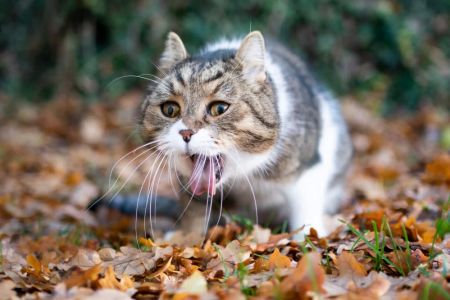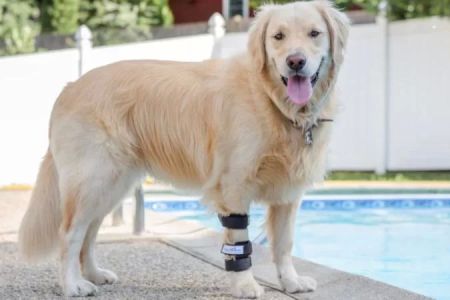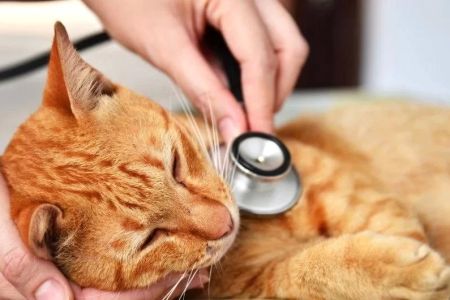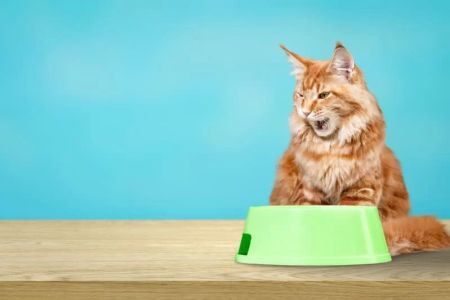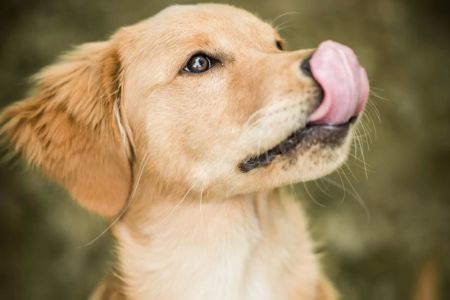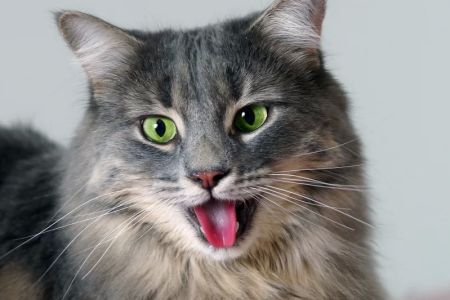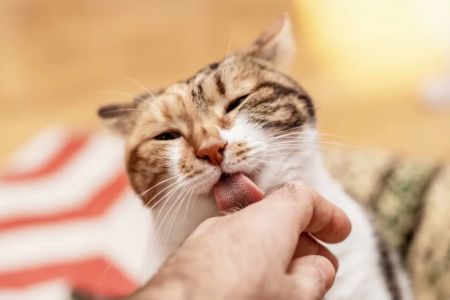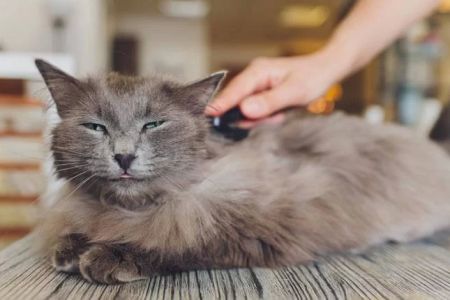My Cat’s Vomiting Problem: An Unexpected Challenge
As a cat owner, one of the most concerning things I’ve ever faced is watching my cat, Whiskers, throw up after eating. It wasn’t just an occasional occurrence—it happened often enough to make me worry. Whiskers is a generally healthy cat, so I couldn’t understand why he was suddenly vomiting after eating certain foods. After some research and visits to the vet, I discovered there were many potential causes for this issue. In this article, I’ll share my experience and explore the possible reasons why your cat might be vomiting after eating, along with what you can do to help.
Understanding the Causes of Vomiting After Eating
Vomiting in cats is a common problem, but when it happens consistently after eating specific foods, it’s a sign that something is off. It’s important to figure out what’s causing the vomiting so you can address the issue properly. In Whiskers' case, I learned that the vomiting wasn’t just about overeating or being too energetic—it had to do with food intolerance or sensitivities. It’s crucial to understand that vomiting after eating can be a symptom of something as simple as an upset stomach or as complex as a food allergy or digestive disorder.
Common Reasons for Cat Vomiting After Eating
After discussing Whiskers' condition with my veterinarian, I realized that there are several potential causes for a cat to vomit after eating. Here are the most common reasons that might be contributing to your cat’s vomiting:
- Food Intolerance or Sensitivity: Just like humans, cats can have food sensitivities. Whiskers, for instance, started vomiting after eating foods with certain ingredients like chicken and dairy. These food intolerances can cause nausea, leading to vomiting.
- Food Allergies: Food allergies in cats are also common. If your cat is allergic to a particular protein, grain, or other ingredient, it can lead to digestive upset and vomiting after meals.
- Eating Too Quickly: Some cats, especially those with a lot of energy, tend to eat too fast. This can lead to a condition called "bloat" or "gastric dilatation," causing them to vomit shortly after eating.
- Hairballs: Cats who groom themselves frequently, like Whiskers, are prone to ingesting hair that accumulates in their stomach. This hair can irritate the stomach lining, causing them to vomit.
- Gastrointestinal Disorders: Conditions such as inflammatory bowel disease (IBD), pancreatitis, or gastritis can cause vomiting after meals. These conditions are more serious and may require veterinary intervention for proper diagnosis and treatment.
- Overeating: Sometimes, the issue is simply that the cat is eating too much too quickly. This leads to an upset stomach, making them vomit.
How to Identify If Your Cat Has a Food Sensitivity
As I learned from my experience with Whiskers, identifying whether your cat has a food sensitivity or allergy can be tricky. However, it’s an important step in resolving vomiting issues. Here are some signs to look for:
1. Consistent Vomiting After Specific Foods
If your cat consistently vomits after eating certain foods, this is a strong indication that those foods might be the problem. Pay close attention to what your cat eats and note any recurring patterns. For instance, I noticed Whiskers would always throw up after eating food with chicken as the main protein. This led me to investigate further.
2. Diarrhea or Lethargy
Along with vomiting, some cats may experience diarrhea, lethargy, or a loss of appetite if they have a food allergy or intolerance. These symptoms indicate that your cat’s digestive system is struggling to process certain foods. If your cat has a combination of vomiting and other symptoms like these, it’s time to talk to your vet.
3. Itchy Skin or Ear Infections
In some cases, food allergies can cause skin issues like itching, rashes, or ear infections. If you notice your cat scratching excessively or shaking its head, it could be a sign of a food allergy that’s affecting more than just their stomach.
4. Changes in Coat or Weight
Food sensitivities can affect a cat’s overall health, leading to weight loss or a dull, thinning coat. If you see noticeable changes in your cat’s appearance, this could be linked to a food intolerance or allergy.
What to Do If Your Cat Is Vomiting After Eating
If your cat is vomiting regularly after eating, here are a few steps you can take to help:
1. Switch to a Hypoallergenic Diet
After Whiskers experienced repeated vomiting after meals, I switched him to a hypoallergenic diet. These diets are designed to eliminate common allergens like chicken, dairy, and grains. Hypoallergenic foods contain novel proteins like venison, rabbit, or duck, which are less likely to trigger allergic reactions. If your cat is vomiting after eating, switching to a limited ingredient diet or a hypoallergenic food might be the solution.
2. Feed Smaller Meals More Often
Feeding your cat smaller meals more frequently can help prevent them from eating too quickly, which can reduce vomiting. I found that dividing Whiskers' daily food intake into three smaller meals instead of two larger ones helped reduce his vomiting episodes.
3. Consider a Feeding Puzzle or Slow Feeder
If your cat tends to eat too fast, consider using a puzzle feeder or a slow feeder bowl. These tools encourage your cat to eat more slowly and can help prevent overeating and subsequent vomiting.
4. Address Hairballs
If your cat is prone to hairballs, consider using a food specifically designed to help with hairball control. These foods are typically high in fiber and can help move hair through the digestive tract. Regular grooming is also essential to reduce hair ingestion.
5. Visit the Veterinarian
If your cat continues to vomit despite dietary changes, it’s important to take them to the vet. A veterinarian can run tests to rule out any underlying gastrointestinal disorders such as IBD or pancreatitis. They may also recommend a special diet or even prescribe medication to help manage your cat’s symptoms.
My Journey with Whiskers: A Story of Trial and Error
As a cat owner, dealing with Whiskers’ vomiting issues wasn’t easy. There were times I felt helpless, watching him suffer after meals. But with some trial and error, we eventually found a solution. After switching to a hypoallergenic food and feeding him smaller, more frequent meals, his vomiting significantly decreased. I also learned how important it is to consult with a veterinarian when food issues persist. Whiskers is now happier and healthier, and I’m relieved to have found the right approach for his digestive health.
If your cat is vomiting after eating certain foods, don’t give up. With patience and the right approach, you can help your cat feel better. Pay attention to the food they’re eating, observe any patterns, and work with your veterinarian to find a solution that works for your cat.

